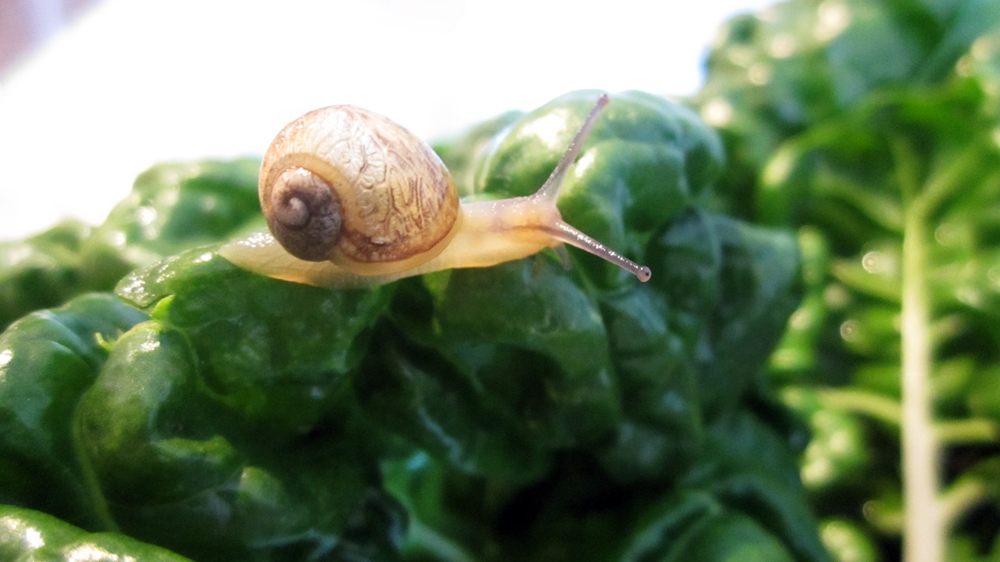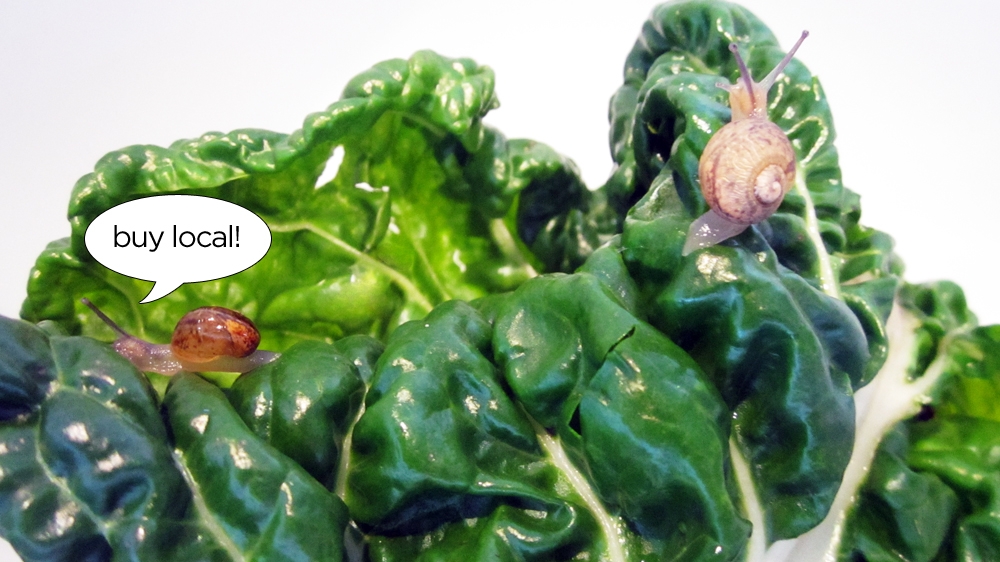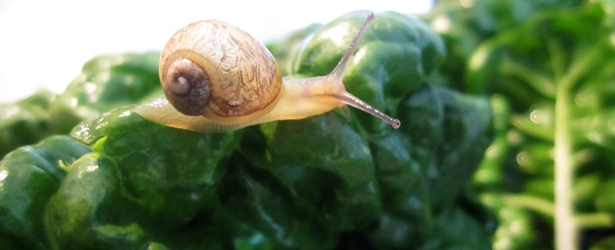Next up in the What’s That? series: Swiss Chard. If you’ve seen these beautiful leafy greens at the grocery store or farmer’s market and have been reluctant to try them, hopefully this information will inspire you to give them a go. As you’ll learn below, swiss chard is a great alternative to spinach or other greens. But before I get all technical, I must start by sharing my most recent chard-buying experience.
This past Saturday, my fiancé and I got up super early to hit-up the big farmer’s market here in Sydney. We’ve been going to some of the smaller ones for the past few months and regardless of the size of the markets, we’re always amazed by the sheer amount of beautiful, fresh produce – not to mention the amazing prices. It kind of makes me sick to my stomach to think of what we have been paying for fresh produce at the grocery stores here in Sydney. Needless to say, we’re hooked on farmer’s markets and they’ll be a big part of our lives wherever we live in the future!
As I was putting away our awesome finds, I noticed this little guy hanging out on a large bunch of beautiful swiss chard:

I don’t normally wash my vegetables until right before I plan on using them but I decided to carefully clean the swiss chard and check for any other critters that may have found their way home with us. Sure enough, I soon came across his little friend. I moved them both onto their own swiss chard leaf and into a bowl until I was able to release them in the park.

Aren’t snails so cute? They’re testament to the freshness of farmer’s market produce!
And now, the 411 on swiss chard…
Facts
- Swiss chard is also known as chard, silverbeet, perpetual spinach, spinach beet, crab beet, and mangold
- It is in the same species as beetroot (beets)
- The word Swiss was used to distinguish it from French spinach varieties in 19th century seed catalogues, but in reality, it’s roots trace back to Sicily and is mostly associated with Mediterranean cuisine, where it is still popular today
- Its thick stems range from white to yellow to red (see Google image results for examples)
- It has shiny green ribbed leaves that fall between spinach and kale in terms of toughness and bitterness – so it’s actually one of the most versatile greens for cooking
- Fresh young chard leaves can be eaten raw, but when sautéed, the bitterness of mature leaves will fade and it will taste sweeter than cooked spinach
- It is high in vitamins A, K and C, and is also rich in iron, potassium, dietary fiber and protein
- It usually has a fair bit of dirt on the leaves, so it needs a good clean under cold water before using
- Once washed, it should be wrapped in paper towels and refrigerated for up to 4 days
Uses
- Typically, only the young leaves will be eaten raw (like baby spinach), although some people consume the uncooked mature leaves as well
- It can be used pretty much anywhere you would use cooked spinach or other thick leafy greens – including casseroles, stir-fries, stuffings, soups, and pastas
- The leaves can be seasoned and baked in the oven, just like kale chips
- Check out my recipes using swiss chard (silverbeet)
